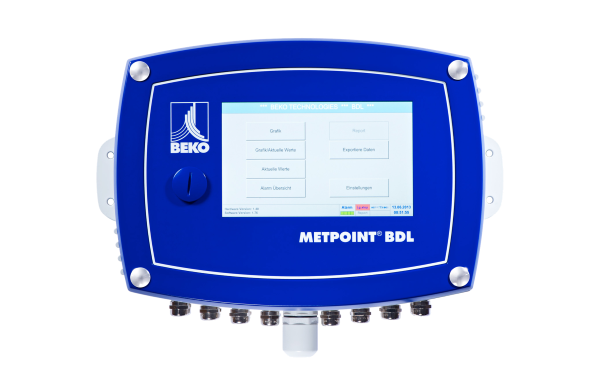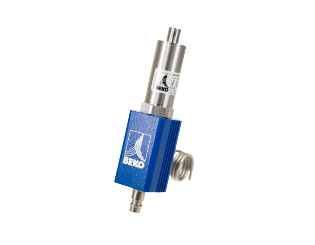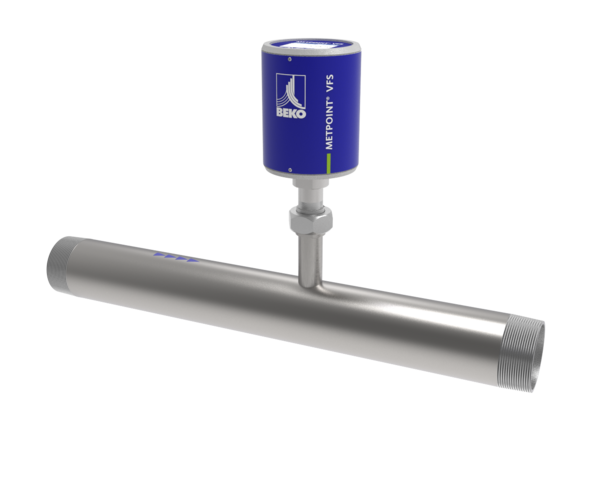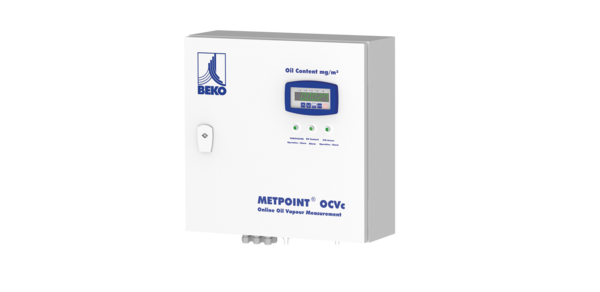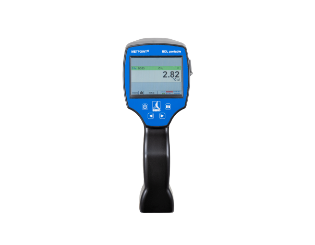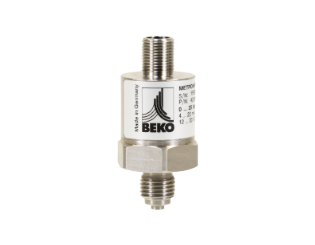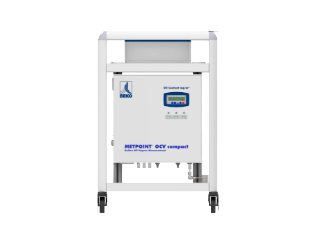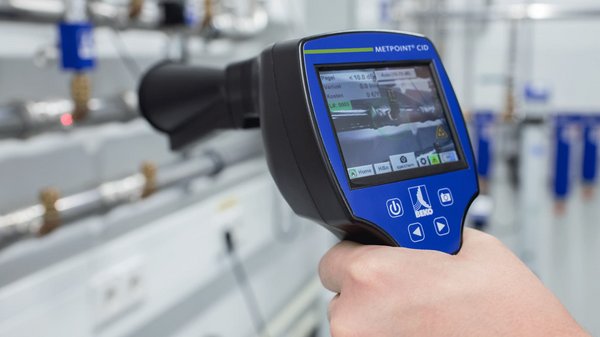Comprehensible information and clear arguments for the daily use of measurement technology
Compressed air technology plays a central role in many industrial applications, serving as a critical energy source. The quality, efficiency, and availability of compressed air are key to the performance and cost-effectiveness of production processes. In this context, measurement technology is essential for optimizing the operation of compressed air systems. Accurate measurements help companies reduce costs, increase operational safety, and minimize environmental impact. Below are the main reasons why implementing measurement technology in compressed air systems is beneficial:
- Improved efficiency and reduced energy costs
- Ensuring compressed air quality
- Operational safety and equipment protection
- Transparency and process optimization
- Sustainability and environmental benefits
- Economic advantages
- Adaptation to industry 4.0 requirements
